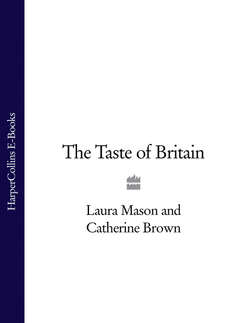Читать книгу The Taste of Britain - Hugh Fearnley-Whittingstall - Страница 356
TECHNIQUE:
ОглавлениеThe breed has developed to give a hardy foraging animal, capable of remaining outside all year. In practice, this only happens on the chalk downs where the soils are light and thin; on lower ground, the cattle are housed for the first 3 months of the year to prevent the grassland, which overlies heavy clay soils, being poached. Housed cattle are fed hay, silage and straw and little, if any, concentrate. Animals in fruit-growing areas may be given the excess apples and pears in the autumn. The land on which the animals graze for much of the year includes the long-established and herb-rich grasslands of the chalk downs. Sussex cattle are also kept in the harsh micro-climate of Isle of Sheppey. This place, with a relatively low annual rainfall and exposed to cold north-easterly winds, is categorized as a Site of Special Scientific Interest; consequently restrictions are imposed affecting the date at which the grass can be cut for hay (1 July) and the use of fertilizers, maintaining a unique flora. Calving is arranged to take place in spring or autumn; the calves are suckled until weaning. They are killed at 18-24 months. Whilst some pure-bred Sussex beef reaches the market, the cattle are also crossed with continental breeds to produce large, lean, commercial carcasses.
